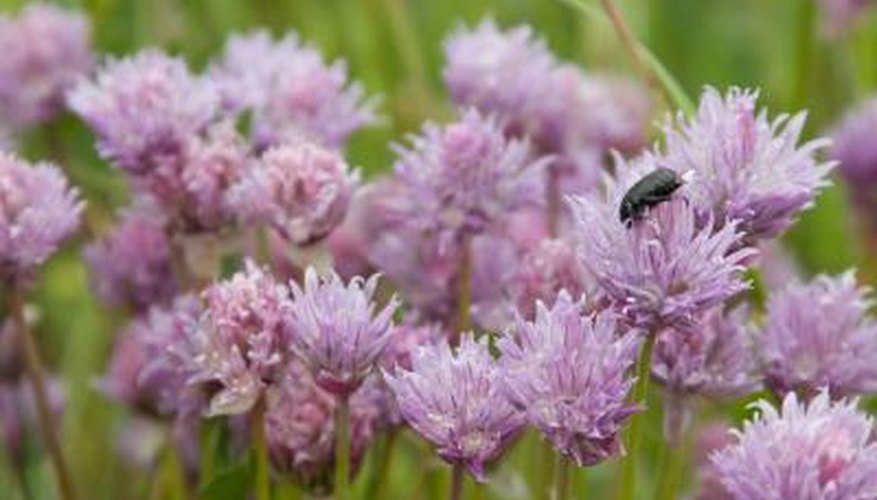Lavender plants are generally fairly pest and disease resistant. Certain heirloom cultivars of lavender, however, are quite susceptible to one disease -- shab. Shab is a virulent fungal disease (Phoma lavandula). Spores land on the lavender's leaves and grow into black spots. As the black spots grow, the leaves stems and eventually the entire plant will grow. You must act fast if you want to save your lavender plant.
- Lavender plants are generally fairly pest and disease resistant.
- As the black spots grow, the leaves stems and eventually the entire plant will grow.
Prune away any black-spotted leaves, stems or shoots. Place the plant debris in a paper bag.
Collect all plant and leaf litter from the base of the plant. If your lavender bed is mulched, remove the mulch as well. Fungal spores often overwinter in mulch. Place it all in your paper bag.
Burn the leaf litter, mulch and bag. This is the only way to destroy the fungus and prevent it from spreading.
Wipe the pruning shears down with alcohol to kill any fungal spores that may be on the blades.
- Collect all plant and leaf litter from the base of the plant.
- Wipe the pruning shears down with alcohol to kill any fungal spores that may be on the blades.
Monitor the lavender daily. Prune away any more spots that appear.
TIP
Quick action may save your lavender plant. However, if it got sick in the first place, it is genetically susceptible to a fungal disease in your area. The lavender will likely continue to get sick, season after season. Consider removing your lavender plants and plant them with a more resistant cultivar. Most modern lavender hybrids are resistant to shab (except Munstead and Loddon Pink).
